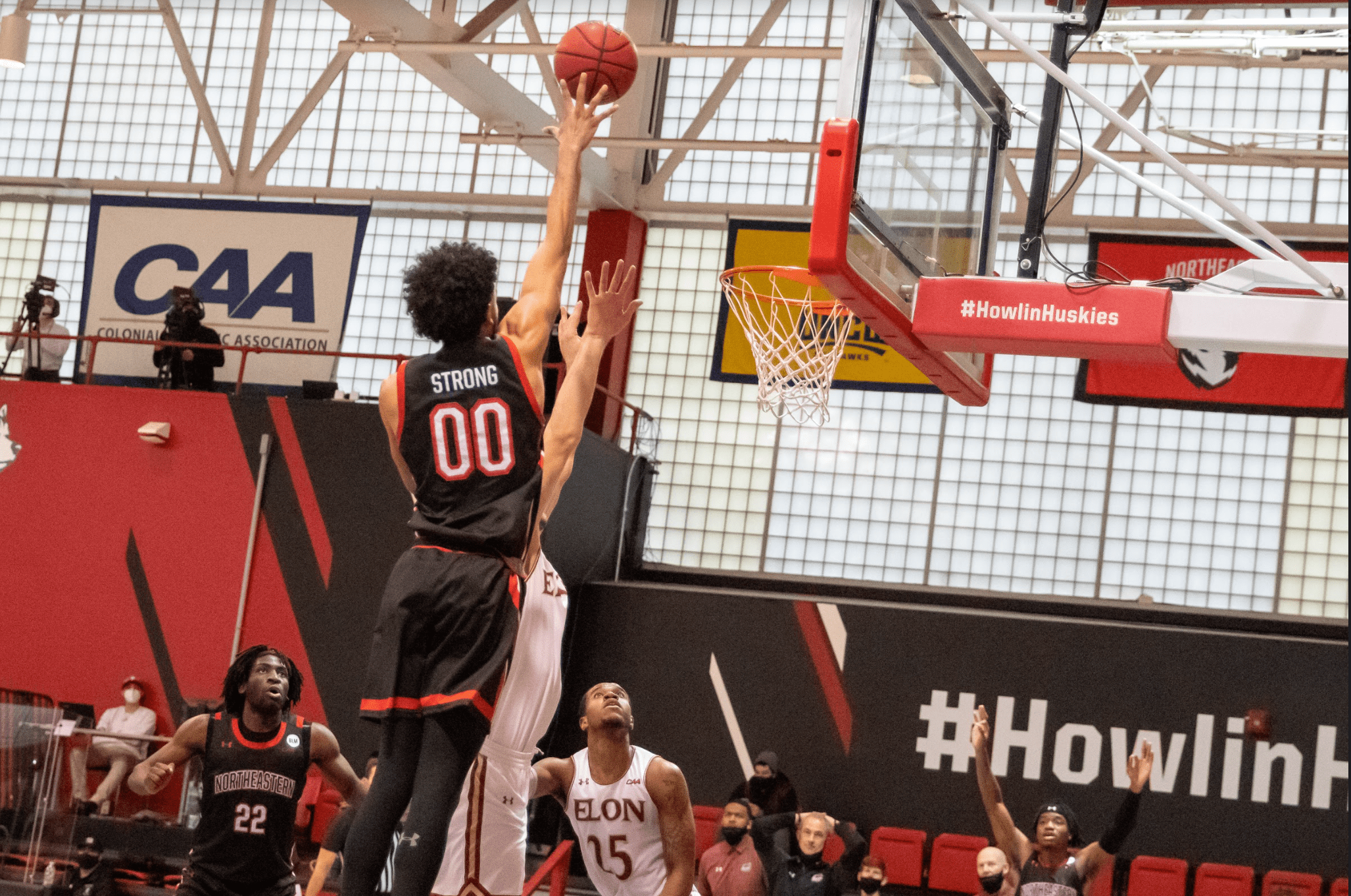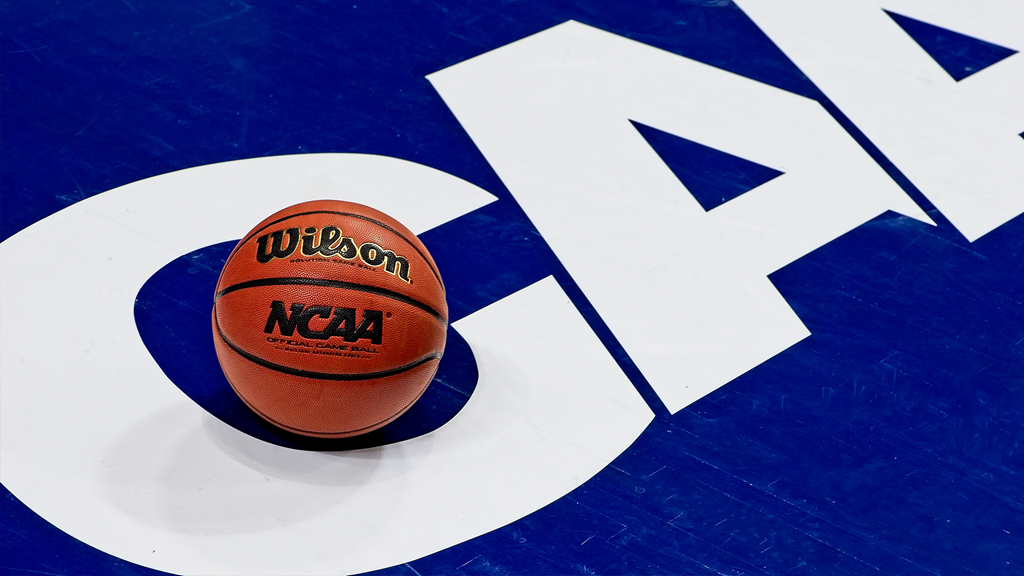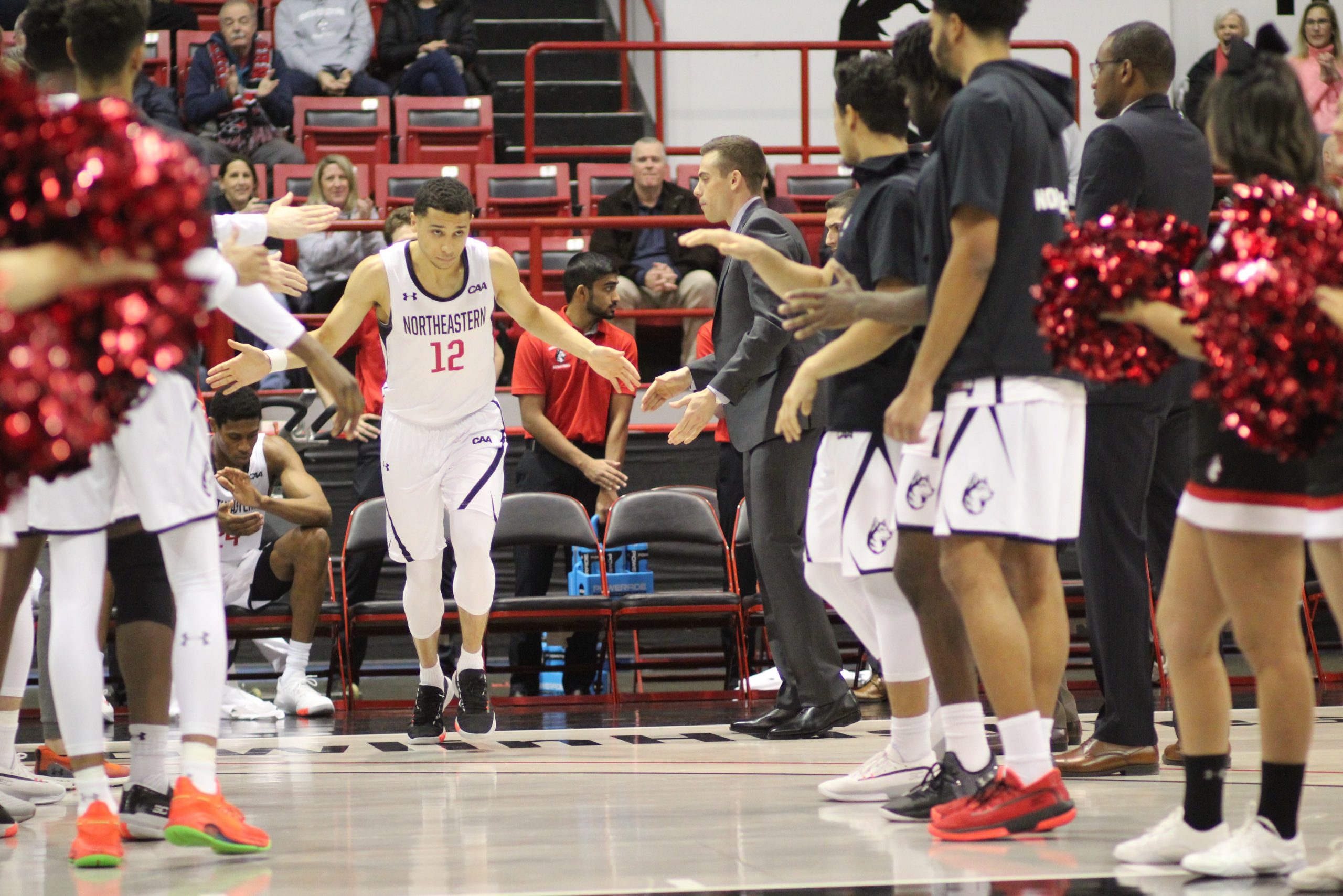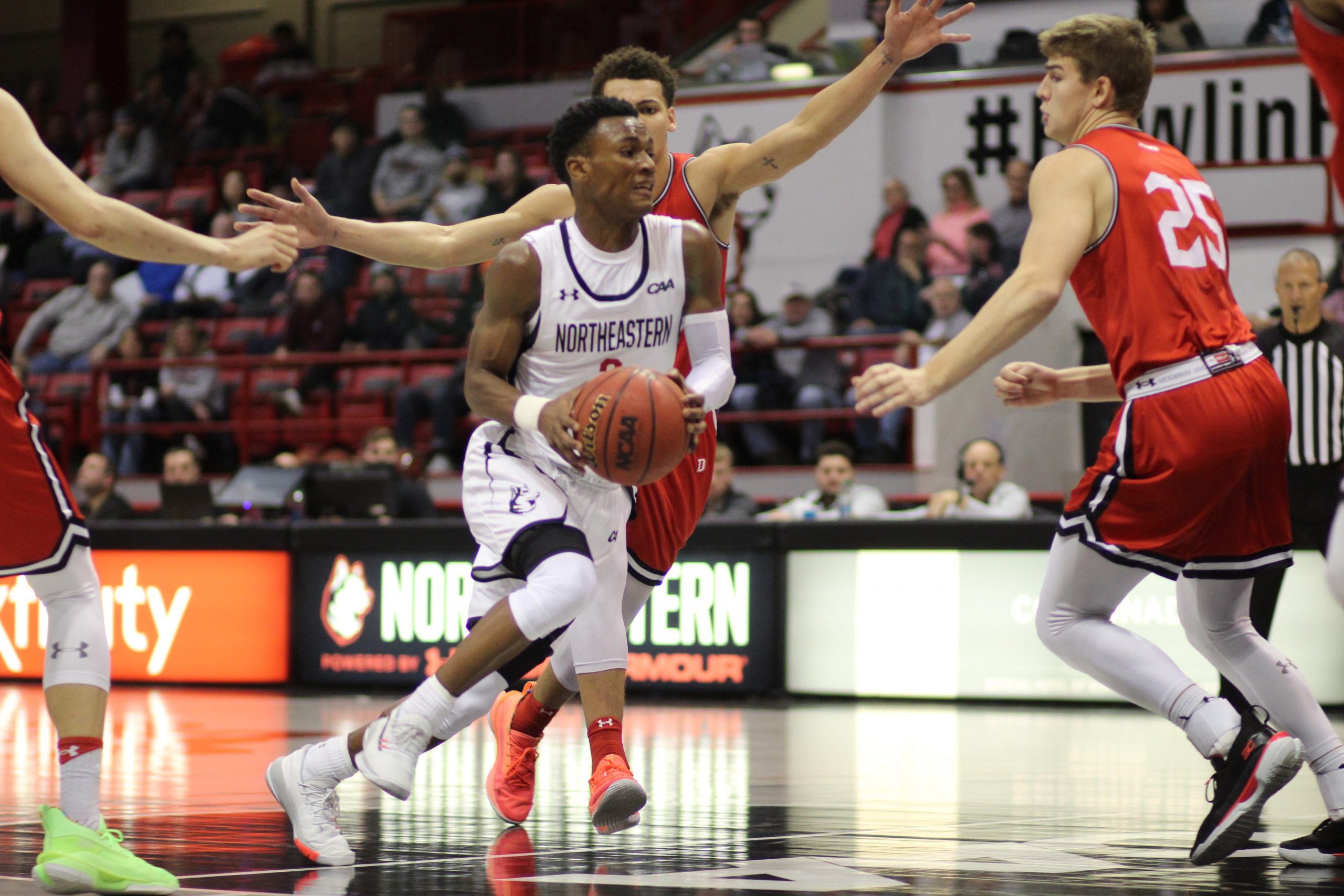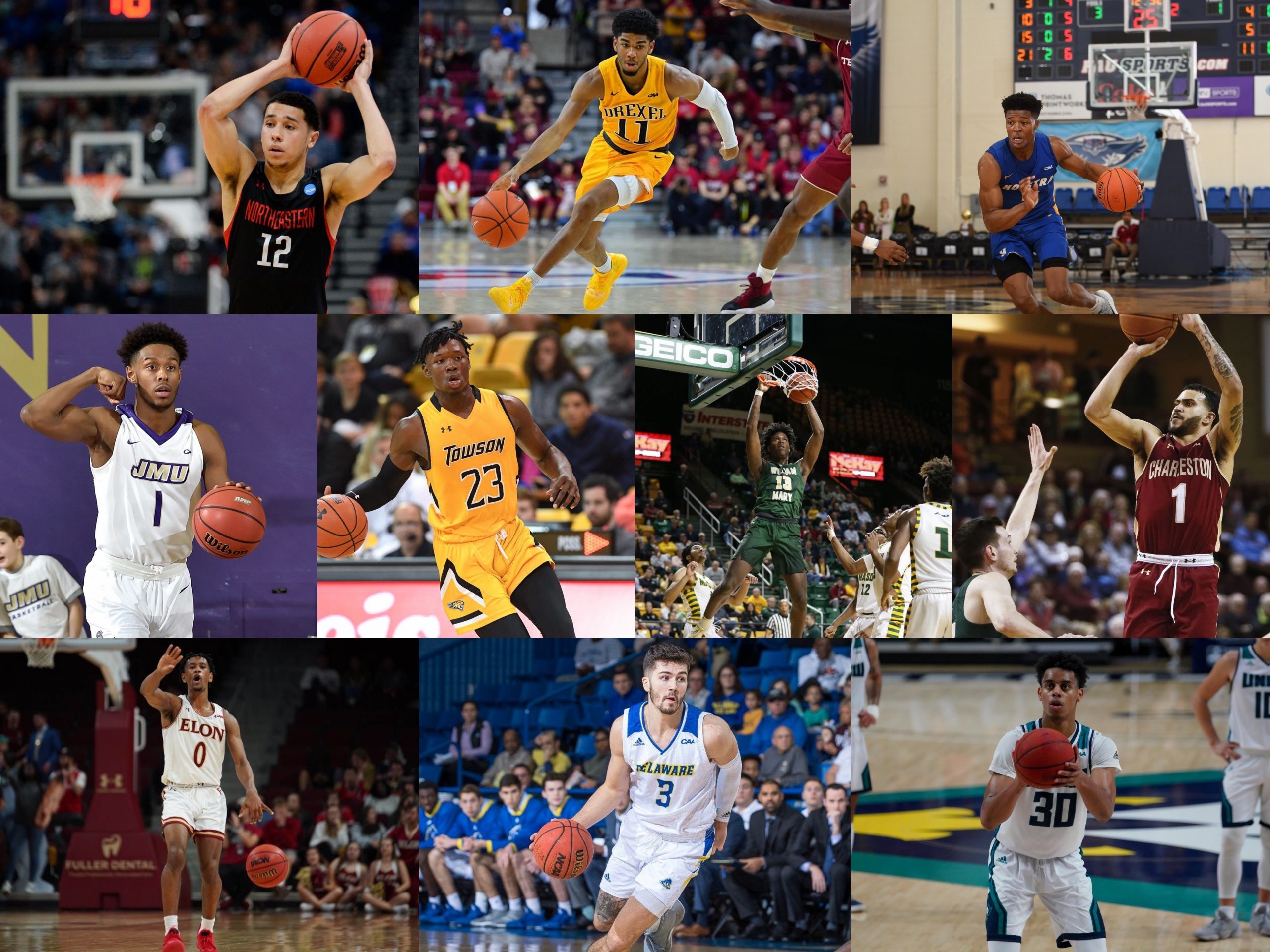Men’s Basketball Outlasts Elon to Earn Weekend Sweep
By Peyton Doyle and Milton Posner BOSTON — Northeastern men’s basketball entered Sunday afternoon’s rematch with Elon after demolishing the Phoenix the day before. A game that stayed close through halftime was decided by a furious 11–0 run to begin the second half. Sunday’s game was precisely the opposite. After opening a double-digit lead four minutes…


